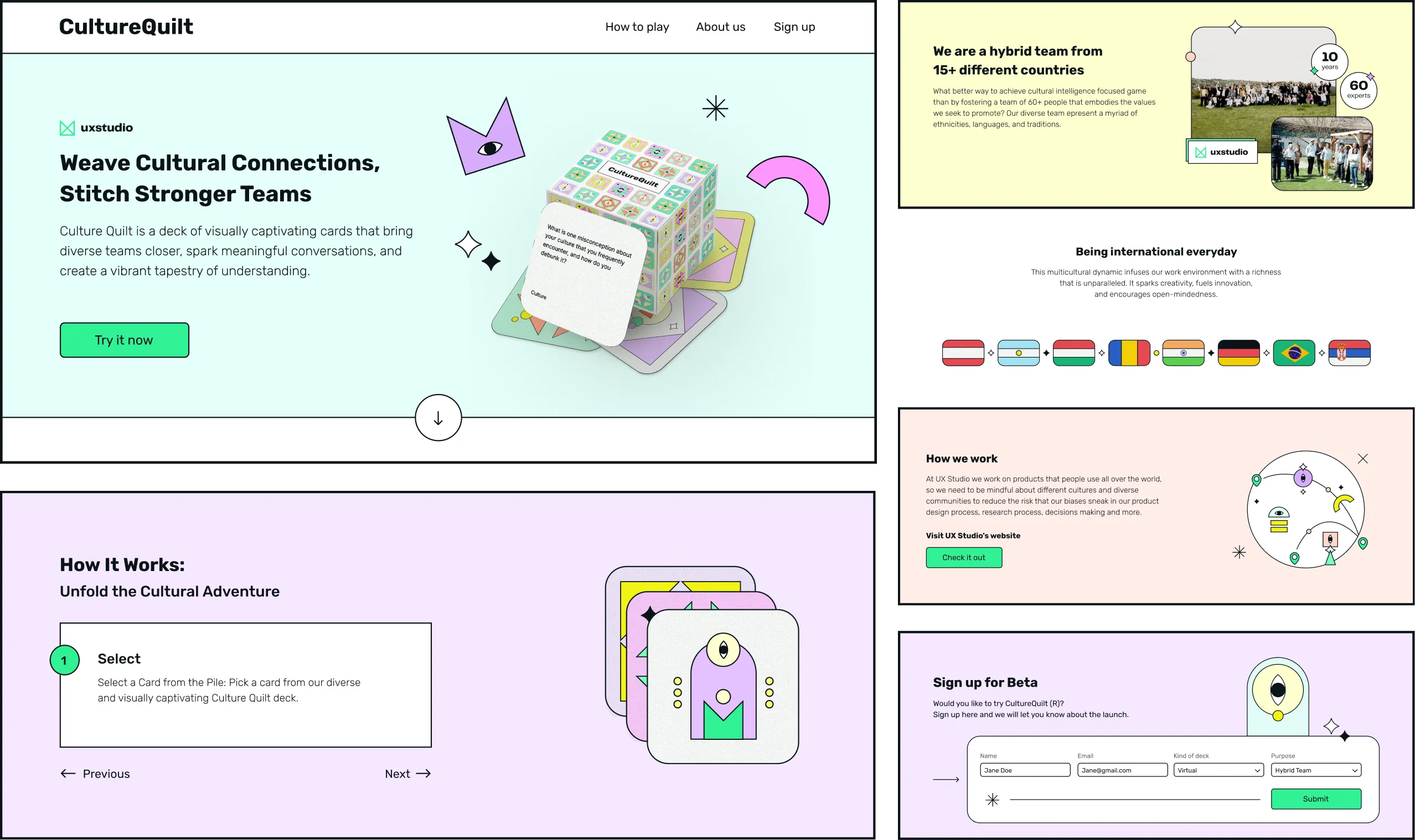Board Game and Website Design for Our Multicultural Team
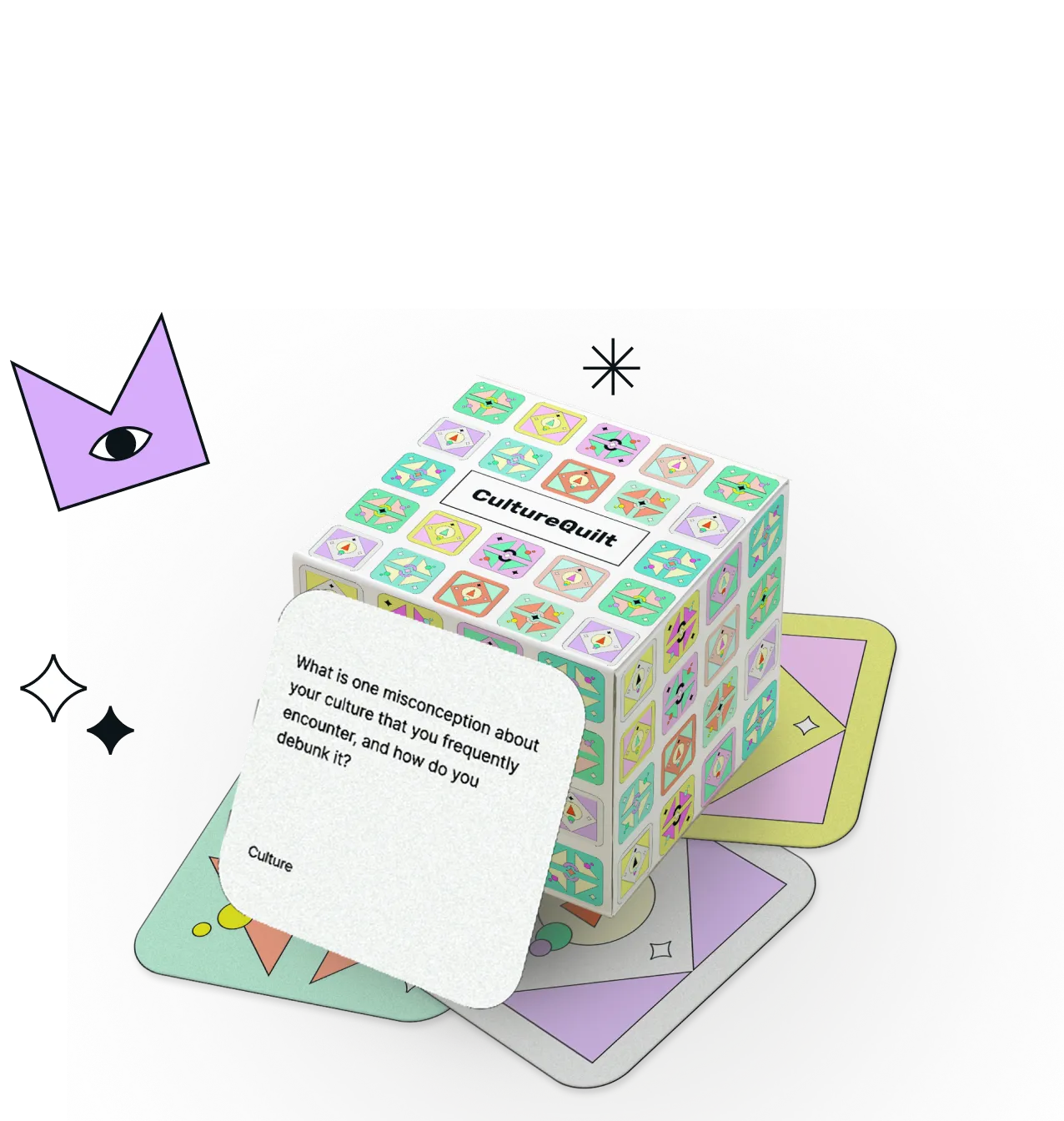

Having strong cultural intelligence can foster an environment of empathy and understanding, leading to more effective collaboration. That's why we aimed to address the diversity within the team by enhancing cultural intelligence and improving collaborative dynamics and effectiveness in working together.
Diverse teams can be a blessing but can make things more difficult at the same time. As a multicultural company, this was something we had dealt with too. We decided to find ways to make diverse teams better at understanding each other and working well with clients from different backgrounds.
Using the Triple Diamond Framework, we came up with the idea of "Culture Quilt," a card game for cultural exchange. We created both physical and virtual versions along with a vibrant, brutalist-style website. The final product seeks to promote inclusivity, understanding, and effective communication within diverse teams.
Since we are a multicultural team, we decided to explore a topic that affects us all as coworkers, which is Cultural Intelligence.
We identified that, as a company, we need to improve our understanding and empathy towards the people we work with, to better our way of working together.
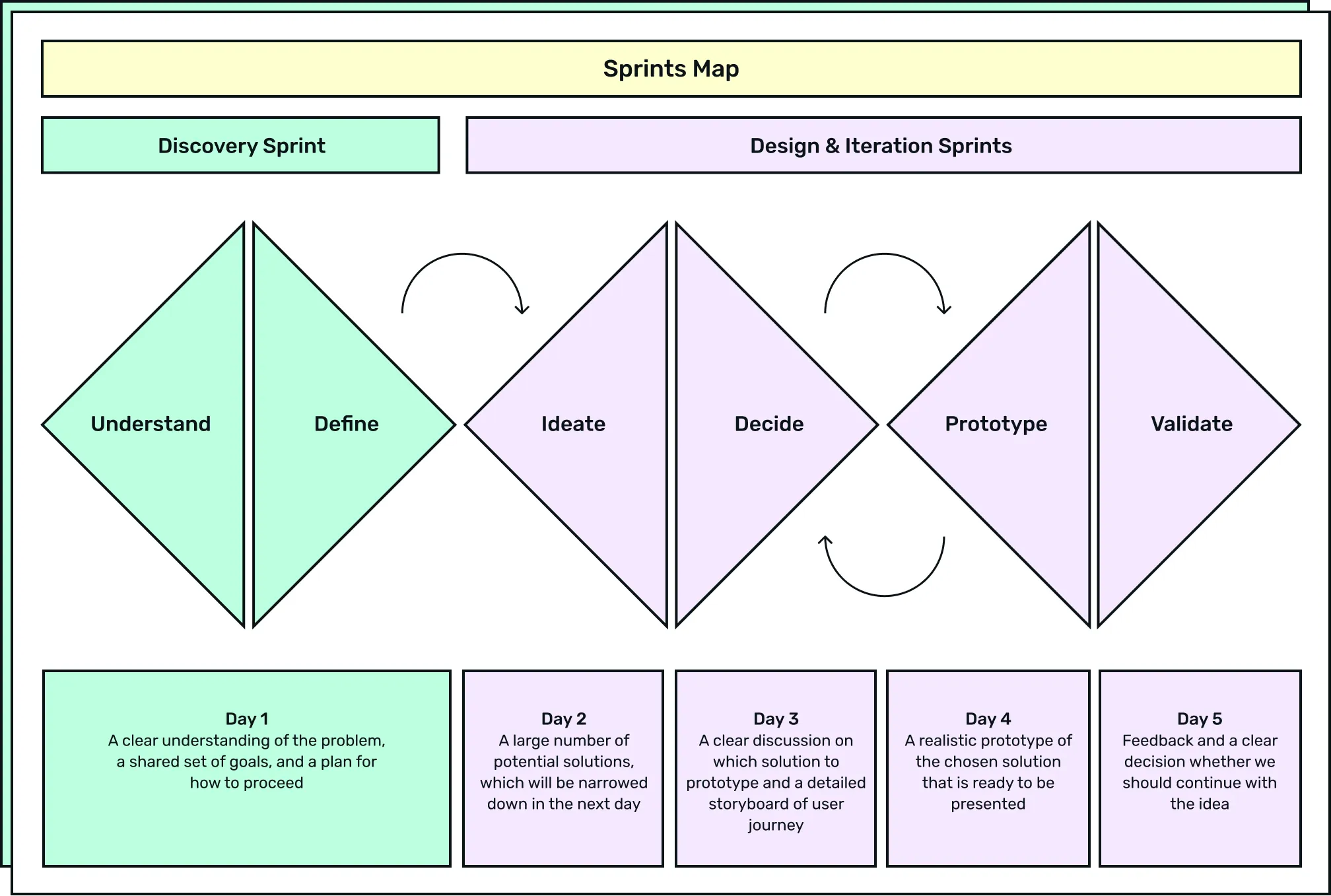
The goal of this initial phase was to discover the cultural intelligence topic in general, understand it and define a problem statement to solve.
For this, we relied on different information-gathering methods, like Desk Research, Interviews with experts in the field, Interviews with the target audience and competitor analysis.
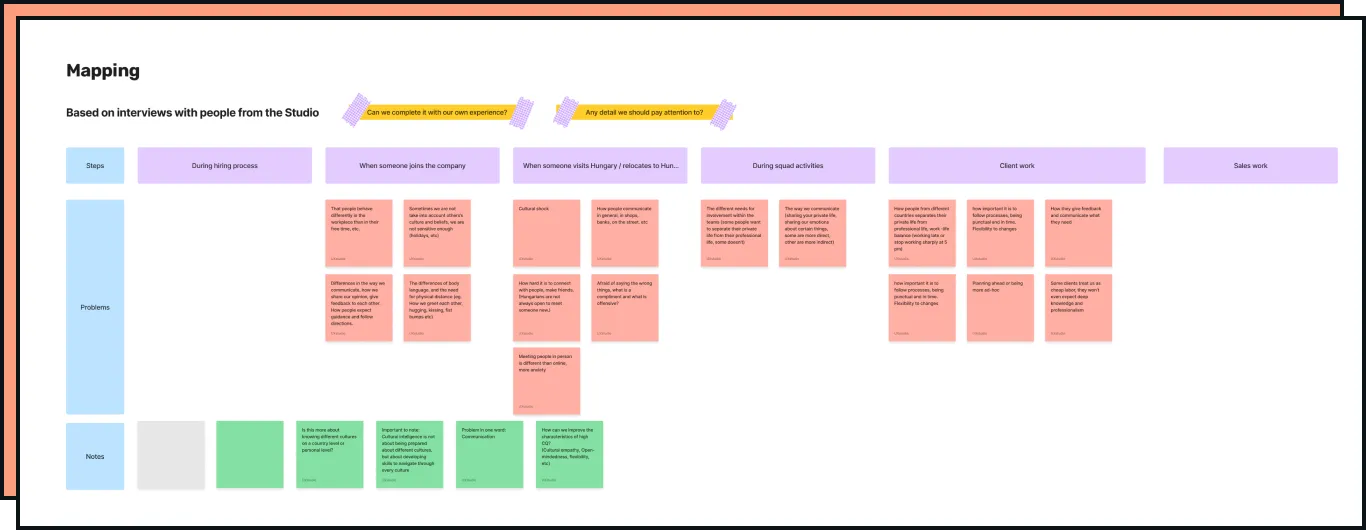
As we got further into the research, we found different problem spaces that affect the different cultures that form, nowadays, also UX Studio.
We explored topics related to cultural biases when someone from another country joins the company, when coworkers from other countries visit, in our case, Hungary, when working with international clients, and more. After thorough analysis and prioritisation we found the central problem to solve.

Once we had the problem to solve, a team of designers started to ideate on completely different solutions. We knew we wanted to create any kind of product that would help diverse teams improve their cultural intelligence. The question was how.
In this sprint we came up with 3 different proposals, showing different directions:
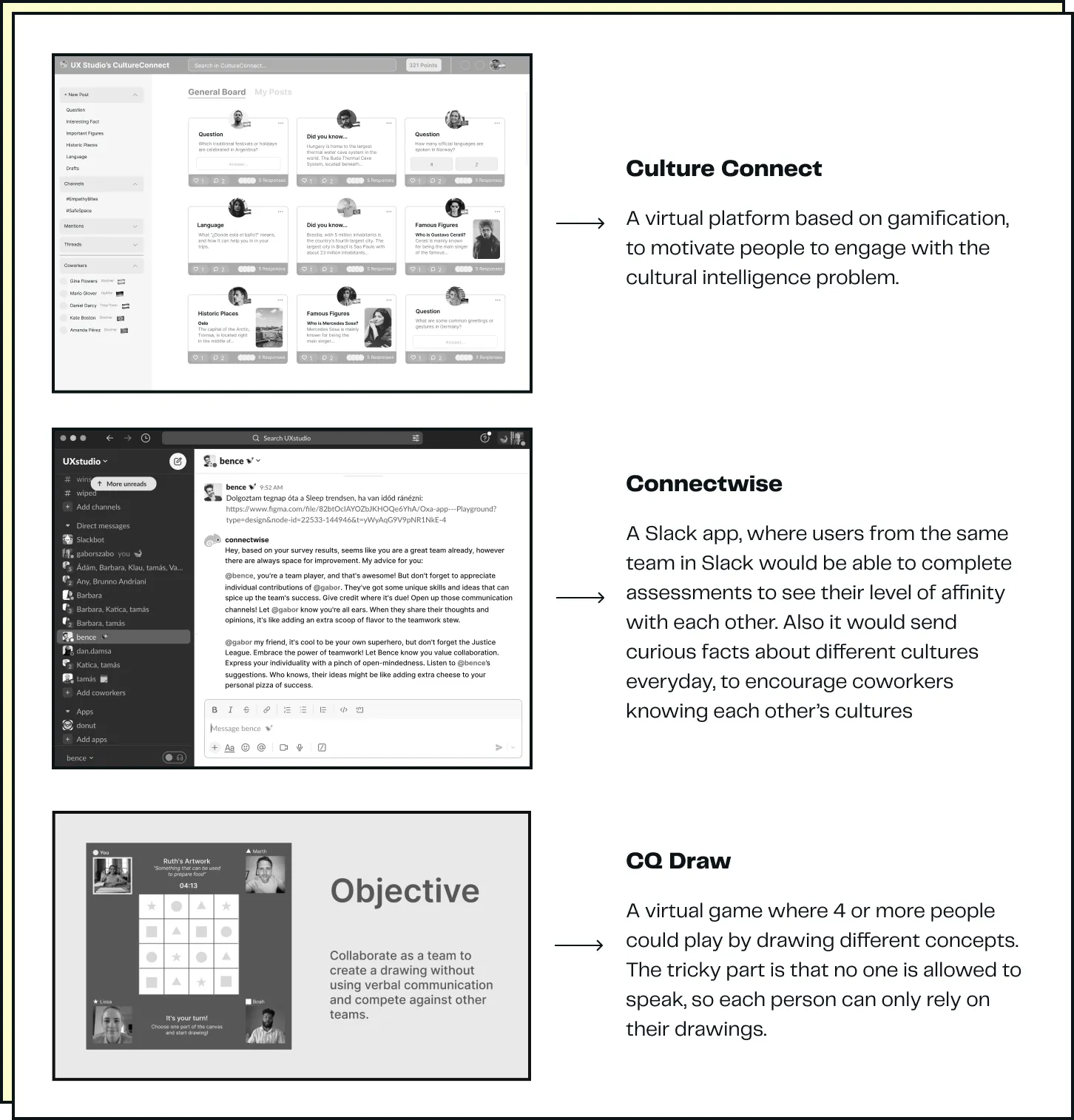
For the validation stage, after creating these ideas, we presented them to a fictional stakeholder within our company. This was a crucial step to make the necessary decisions based on the feedback we would get.
We needed to know if any of these directions were viable, and if not, how might we change directions to come up with something that actually worked.
This time again, we came up with 3 ideas and we also ran quick tests on each to get early feedback from potential users of the game.
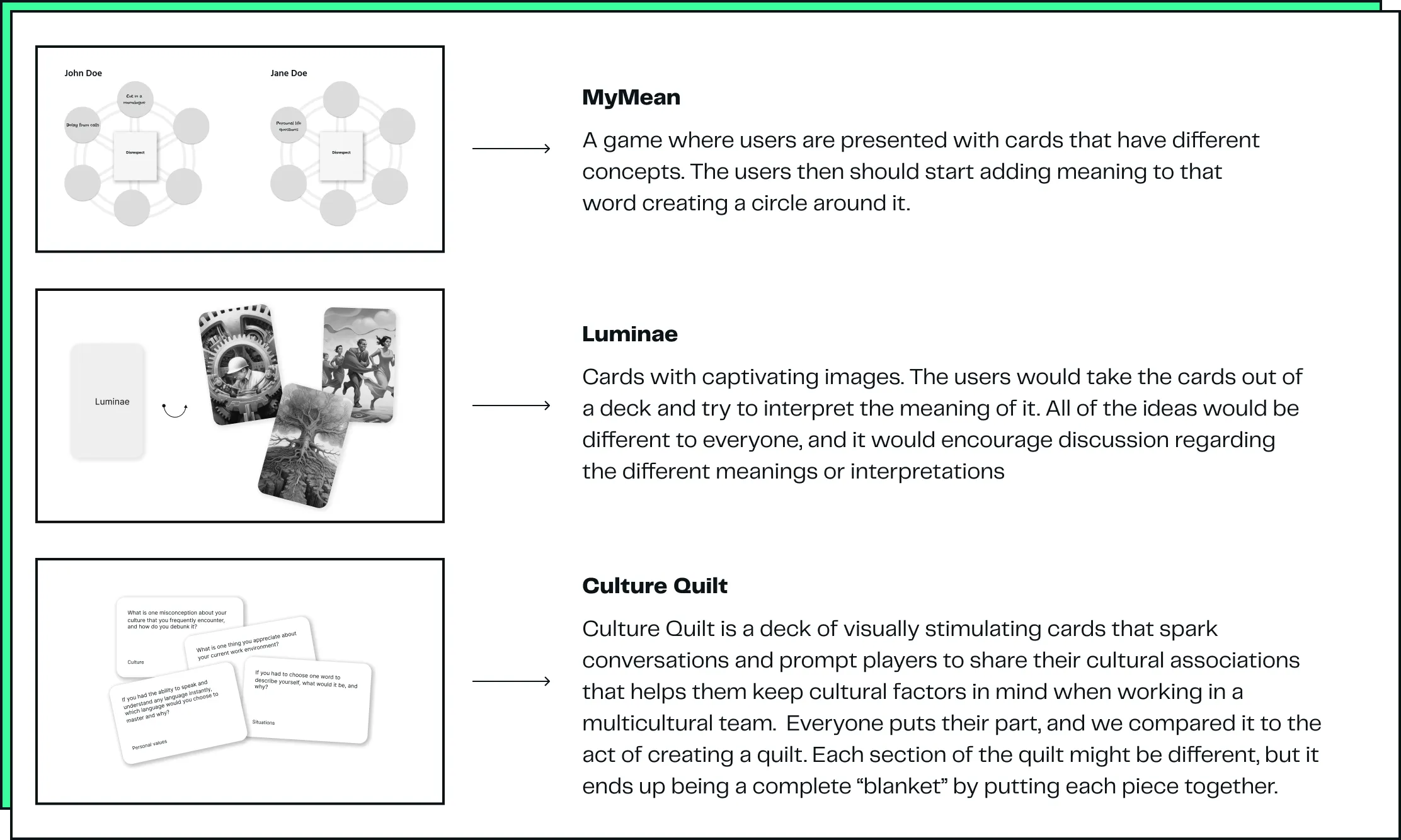
It is for diverse teams who wish to collaborate more and have a common ground with their teammates. In CultureQuilt:
We created the final design of the cards, both physical and virtual, and also a website to promote the product.
For this, we created a colorful and fun aesthetic based on UX Studio’s identity. By taking simple shapes and turning them into compositions, and adding vibrant colors with a brutalist style, see below the final product.
On the website users can also have a sneak peak of the game itself. And those who are interested can sign up for early access to the physical or virtual deck format.

